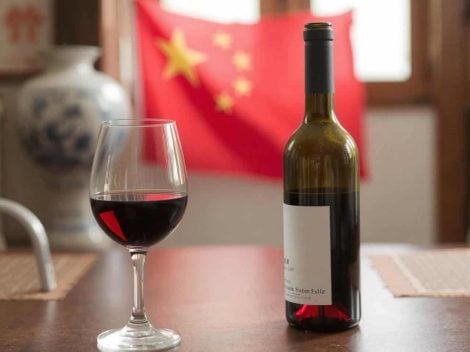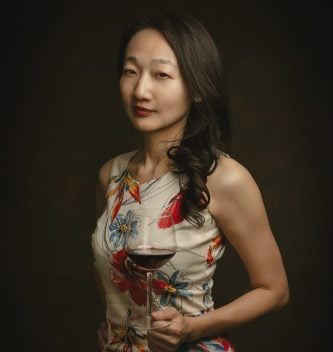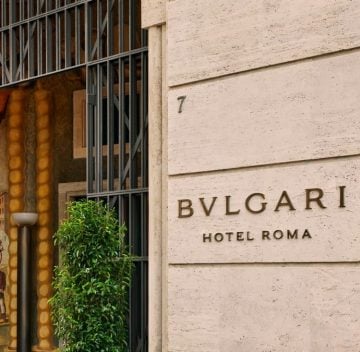After learning the basics of wine tasting, it’s time to tackle another fundamental topic. Tasting and understanding wine is of little use if we cannot then communicate our visual, olfactory, and gustatory sensations. As in any sector, the world of wine has a vocabulary that must be learned—sometimes more, sometimes less technical. Below, in alphabetical order, are the key terms that frequently appear in wine descriptions, expanding the scope when necessary to include aspects of production (without delving too deeply into technicalities).
Wine glossary in 70 words
Acidity
One of the fundamental components of wine. It represents the sum of various types of acids and determines the wine’s health, its ability to age well, and often its overall pleasantness. It must be well-balanced; otherwise, the wine may taste sour and unpleasant.
Ageing
Strictly speaking, this is the final stage of the winemaking process: the period between bottling and the wine’s release onto the market. Often, this term is confused (and overlaps) with Maturation (see below).
Amabile
Describes a wine in which a distinct sweet note is perceived.
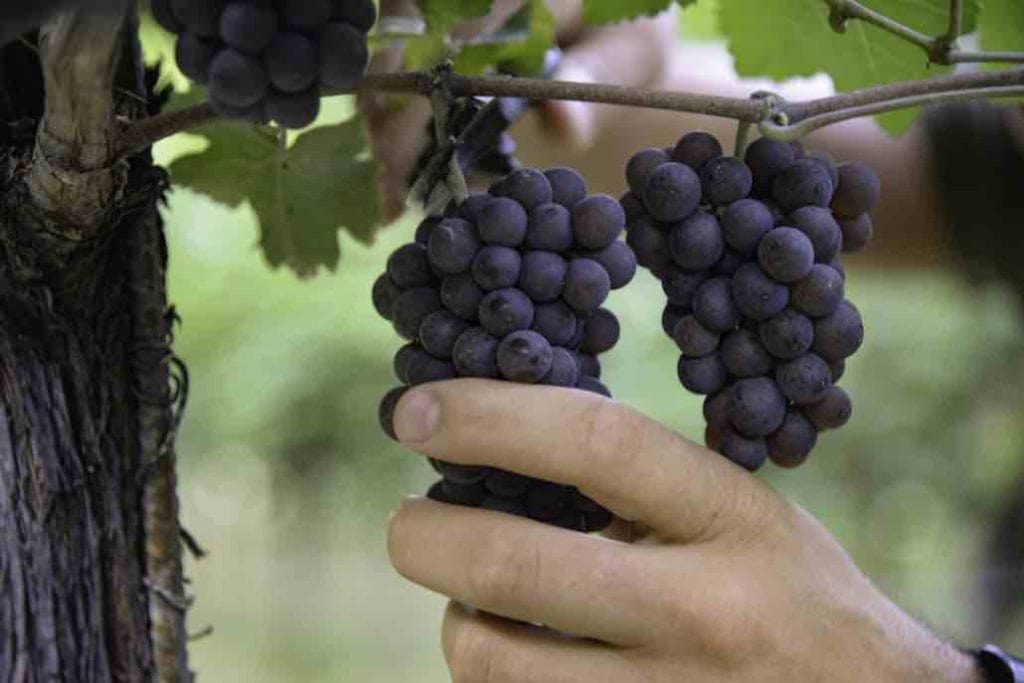
Ampelography
The discipline that studies, describes, and classifies grape varieties (from the Greek ampelos, meaning vine or vineyard).
Ample
An adjective used for a particularly rich, complex, and enveloping wine with multifaceted and varied aromas.
Harmonic
A wine in which all taste elements are perfectly balanced. In some wines, this characteristic is achieved after a period of bottle ageing. It is synonymous with "balanced." Its opposite is disharmonic—when one taste element dominates excessively and unpleasantly over the others.
Aroma
The olfactory sensation perceived after swallowing the wine, through retronasal perception.
Astringent (or puckering)
A characteristic described as an extreme dryness in the mouth, a rough sensation that causes the palate to feel grippy due to an excess of tannins or acidity.
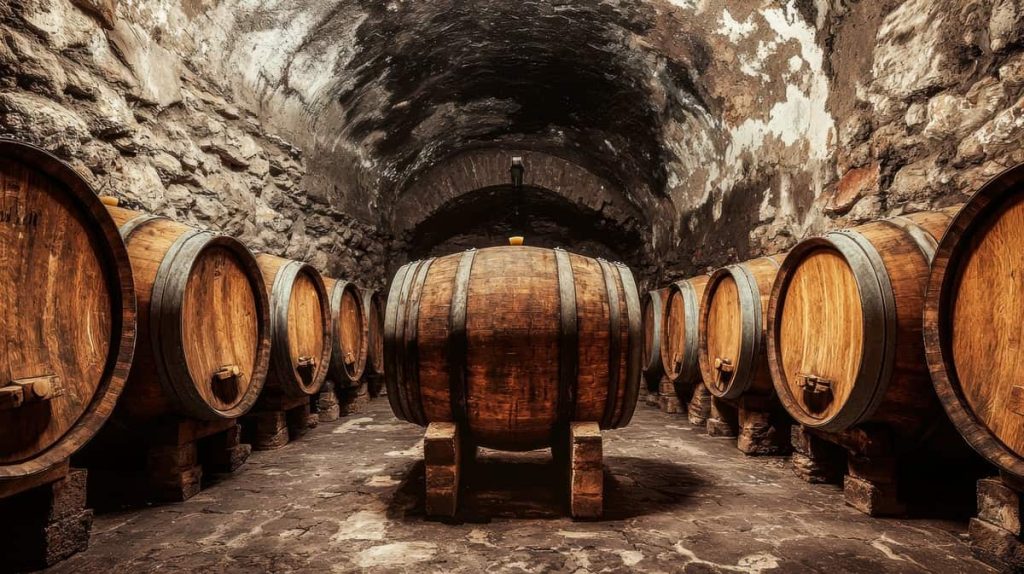
Barrique
One of the most commonly used containers for wine maturation. These small wooden barrels typically hold between 225 litres (Bordeaux barrique) and 228 litres (Burgundy barrique). They can be made from different types of wood, though oak is the most common.
Blanc de blancs
Wines, usually sparkling, produced exclusively from white grapes.
Blanc de noirs
Wines, usually sparkling, produced from red grapes but vinified as white.
Blend
A term referring to the mixing of wines made from different grape varieties. It differs from Uvaggio (see below).
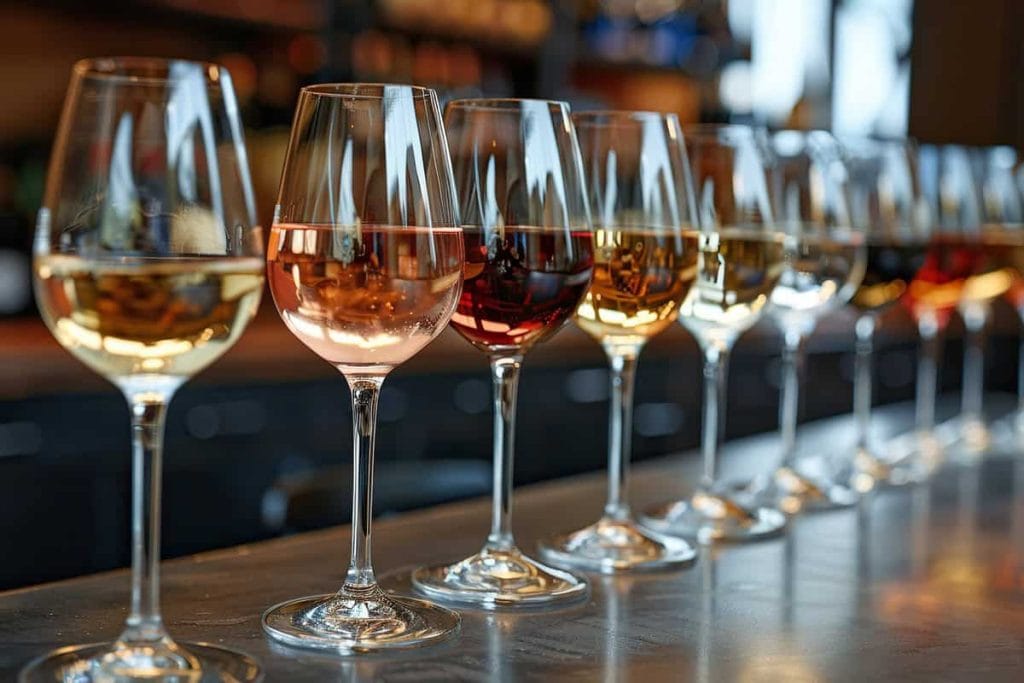
Bouquet
The collection of aromas in a wine.
Brilliant
Used to describe the colour of a wine that is extremely clear and luminous.
Brut
One of the dosage levels for sparkling wines, indicating a dry style—usually containing between 6 and 12 grams of sugar per litre.
Warm
A wine with a high alcohol content.
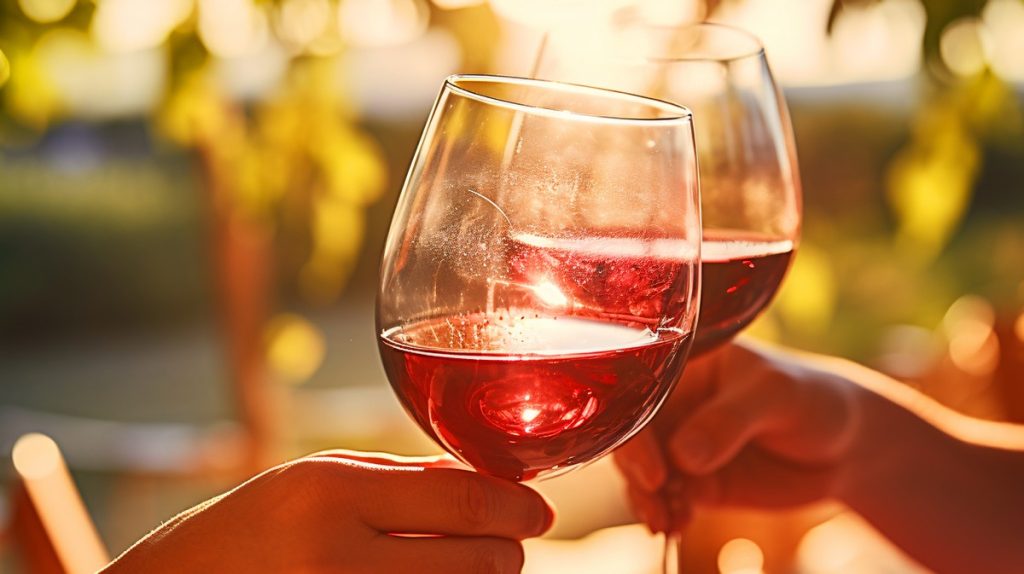
Cerasuolo
One of the shades of rosé wines, the most intense and darkest—almost a light red.
Charmat
A method used for sparkling wine production; the second fermentation takes place in large stainless steel tanks (autoclaves) capable of withstanding the pressure generated during the process.
Clone
A term referring to grape varieties that have been selected (or have naturally evolved) and share many ampelographic and genetic characteristics with a particular original variety.
Body
The sum of the elements that make up a wine. Apart from alcohol and water, the body is what remains.
Full-bodied
A wine with good overall structure.
Short
Used to describe a wine with little persistence, meaning it leaves little flavour in the mouth.
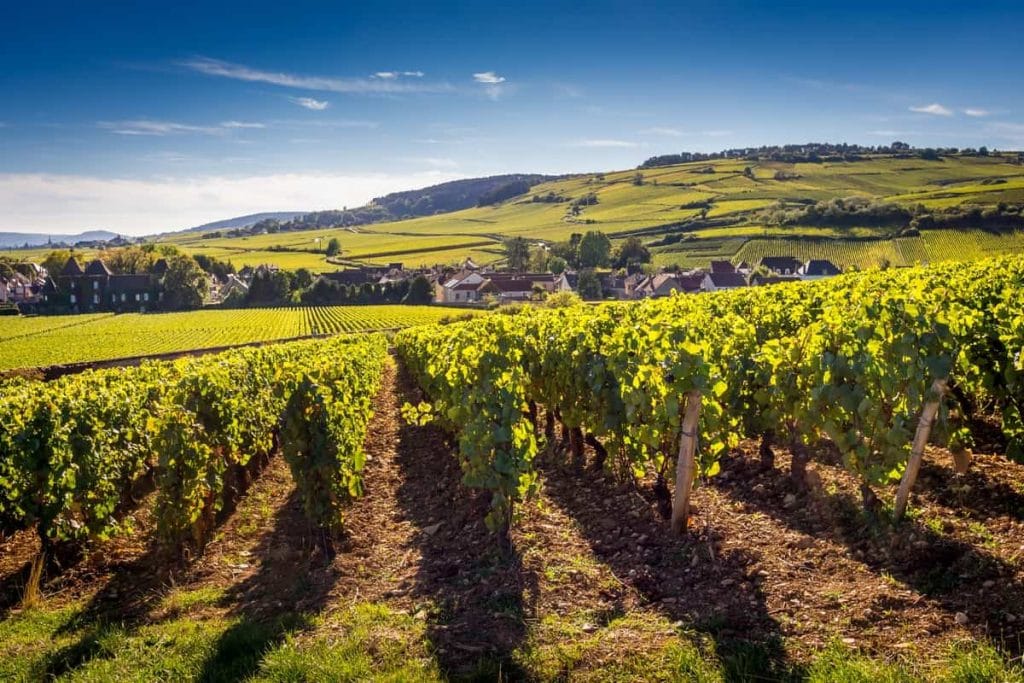
Cru
A French term indicating a specific vineyard, or even a precisely defined small section of it, in a particular high-quality wine-growing area. The grapes from these parcels are typically of very high quality.
Cuvée
The result of blending different wines, sometimes from different regions or vintages, commonly used in traditional method (metodo classico) sparkling wines but also in other styles.
Elegant
A self-explanatory term. It describes a wine that is extremely balanced in all its components—a wine of class.
Herbaceous
Describes a wine with vegetal aromas reminiscent of freshly cut grass, damp meadows, or ferns.
Esters
Volatile compounds formed mainly during fermentation, contributing to fruity aromas.
Ethereal
A distinctive scent of certain aged wines, slightly pungent and alcoholic.
Fermentation
The process in which sugars in grape must transform into alcohol and carbon dioxide.
Floral
Used for wines whose aromas recall flowers.
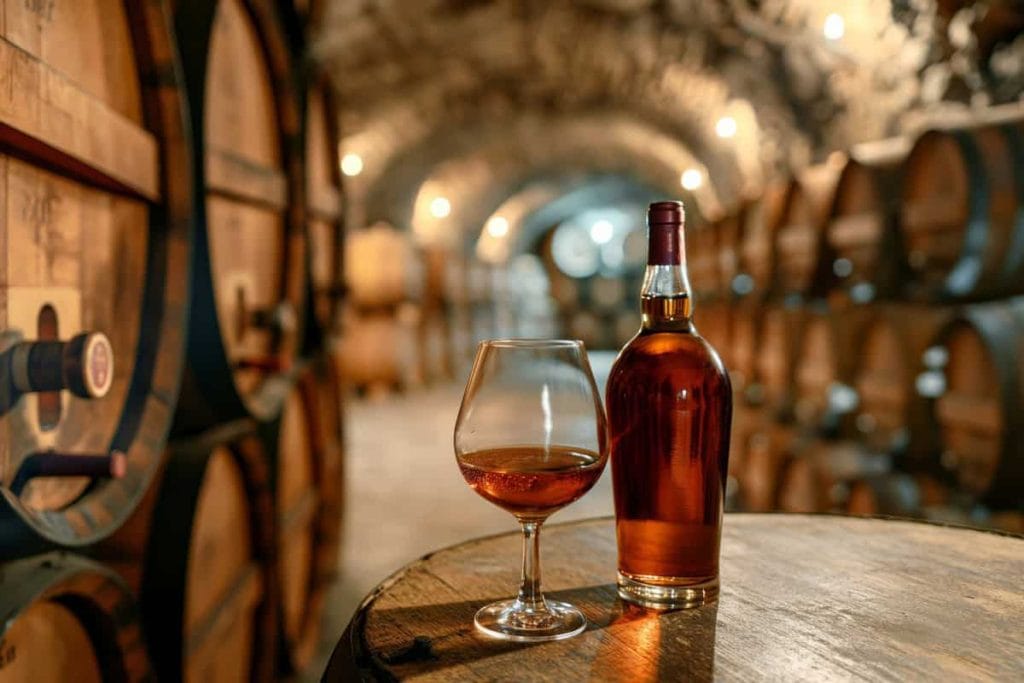
Fortified
Wines made through fortification, a process in which alcohol, brandy, or mistella (must with added alcohol to prevent fermentation) is added to either fermenting must or already-fermented wine. Famous examples include Port, Marsala, Sherry, and Madeira.
Fresh
When referring to aromas, it indicates a characteristic of certain fruity and citrus notes; when referring to taste, it is linked to pleasant acidity.
Fruity
A common descriptor for wines with aromas and flavours of fresh fruit.
Goudron
Literally meaning "tar"; a distinctive aroma found in certain aged red wines.
Fat
A wine rich in extractive substances, particularly glycerol; this sensation is also tactile, relating to the wine’s density.
Light
The opposite of full-bodied—a wine with a low alcohol content but still well-balanced and pleasant.
Yeasts
Microorganisms responsible for the fermentation process (see above).
Clear
In visual examination, describes a wine that shows no haze or cloudiness.
Maceration
The period during which the must remains in contact with the crushed grape skins.
Maturation
The time between the end of vinification and bottling. It can take place in various types of containers: wooden barrels, stainless steel, concrete, or terracotta amphorae, among others.
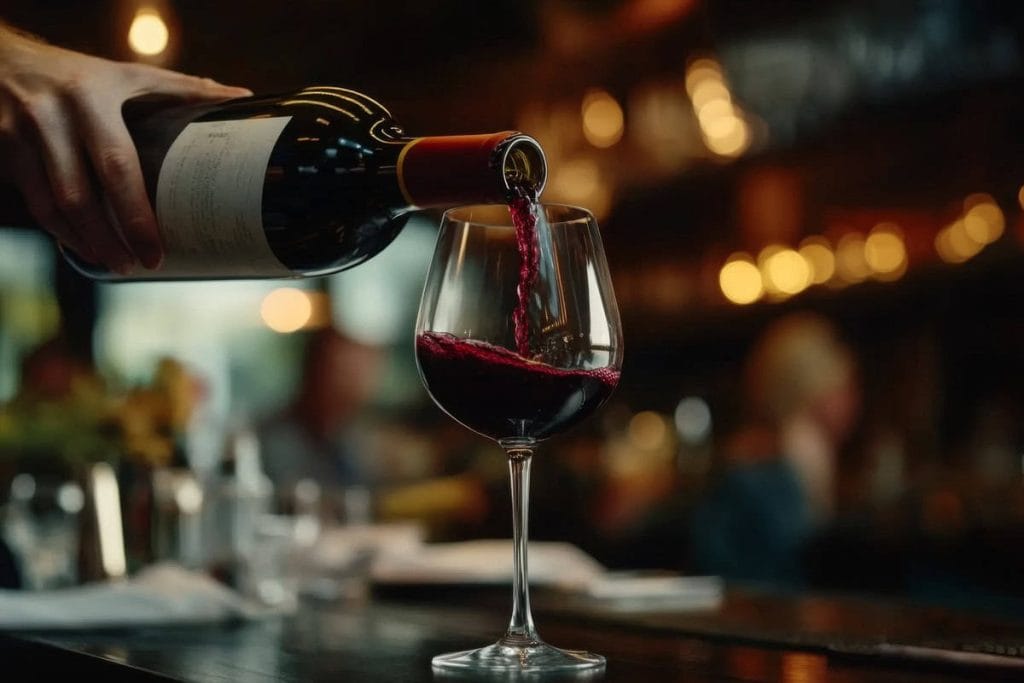
Mature
A wine that has reached the optimal stage of maturity and is ready to drink—any further ageing could cause it to decline.
Vintage-dated (Millesimato)
Usually used for sparkling wines, indicating that the wine was made exclusively from grapes of a single vintage.
Mineral
A descriptor used for wines with aromas or flavours reminiscent of minerals such as flint, wet stone, chalk, or salt. It is commonly found in wines from specific terroirs rich in limestone or volcanic soil.
Must
The freshly crushed juice containing skins, seeds, and stems, which will ferment to become wine.
Noble Rot
A beneficial mold (Botrytis cinerea) that affects grapes under specific climatic conditions, concentrating their sugars and enhancing their complexity. It is responsible for some of the world's greatest sweet wines, such as Sauternes and Tokaji.
Nose
Refers to a wine’s aroma and bouquet, as perceived through the sense of smell.
Oaky
A descriptor for wines that have taken on aromas and flavours from aging in oak barrels, such as vanilla, toast, smoke, or spices.
Oxidized
A wine that has been exposed to excessive oxygen, leading to a dull colour and off aromas, often resembling overripe fruit or nuts. This is usually considered a flaw, except in certain styles like Sherry or Madeira, where oxidation is intentional.
Passito
An Italian term for wines made from dried grapes, concentrating their sugars and flavours. Examples include Vin Santo and Recioto.
Perlage
The tiny bubbles in sparkling wine, which should be fine and persistent for high-quality examples.
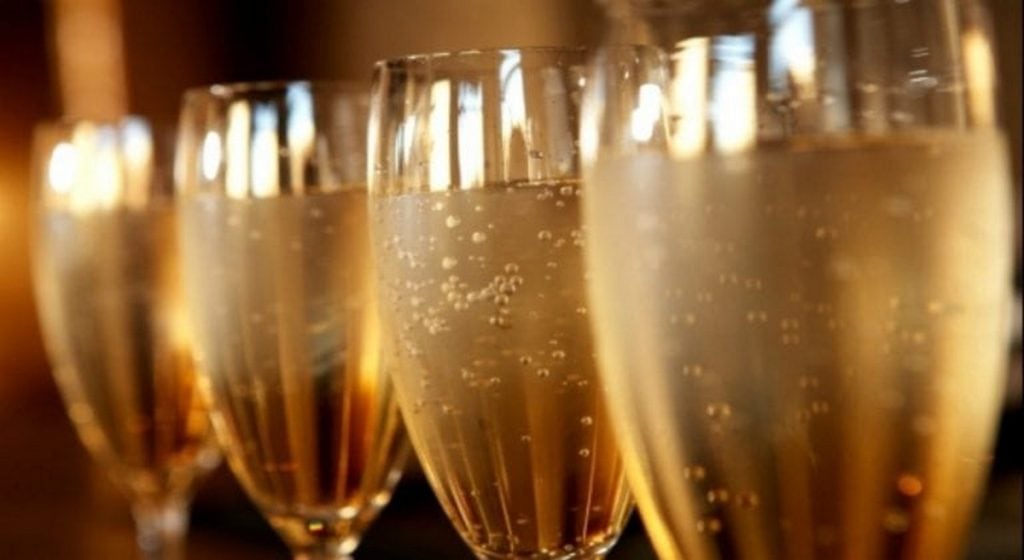
Persistence
The length of time the wine’s flavours linger in the mouth after swallowing. A wine with long persistence is considered more complex and of higher quality.
Petillant
A lightly sparkling wine, less effervescent than fully sparkling wines.
Pungent
A descriptor for strong, penetrating aromas, sometimes associated with high alcohol content or intense volatile acidity.
Reserve (Riserva)
A term indicating a wine that has undergone a longer aging period than standard versions, typically under specific legal regulations.
Robust
A wine with a strong structure and high alcohol content.
Round
A balanced wine with soft tannins and no harsh edges.
Sapid
A term describing a wine with a pleasant, mouthwatering savoury quality, often linked to minerality.
Silky
A wine with a smooth, velvety texture.
Soft
A wine with gentle tannins and low acidity, making it easy to drink.
Spicy
A descriptor for wines with aromas reminiscent of spices such as pepper, clove, cinnamon, or nutmeg, often due to barrel aging.
Structure
The overall composition of a wine, including alcohol, tannins, acidity, and body.
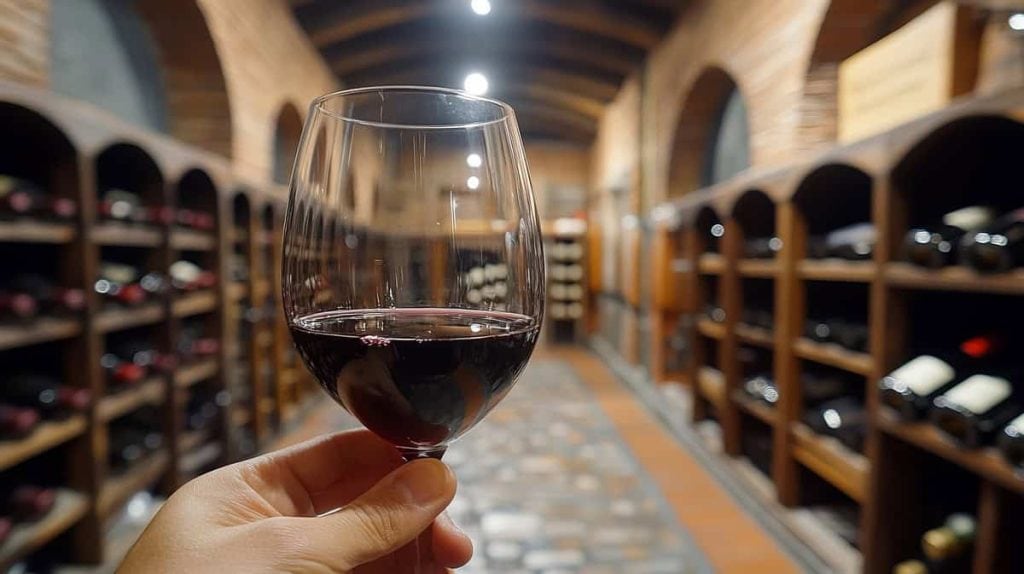
Sulphites
Natural or added sulfur compounds used to preserve wine and prevent oxidation.
Sweet
A wine with a noticeable amount of residual sugar.
Tannins
Compounds found in grape skins, seeds, and stems that give wine its astringency and contribute to aging potential. Common in red wines.
Tear (or Legs)
The streaks that form on the inside of a wine glass when swirling the wine. They indicate alcohol and glycerol content.
Terroir
A French term encompassing all environmental factors (soil, climate, vineyard location) that influence a wine’s character.
Toasty
A descriptor for wines aged in oak, with aromas reminiscent of toasted bread or nuts.
Varietal
A term used to describe wines made primarily from a single grape variety, emphasizing its unique characteristics.
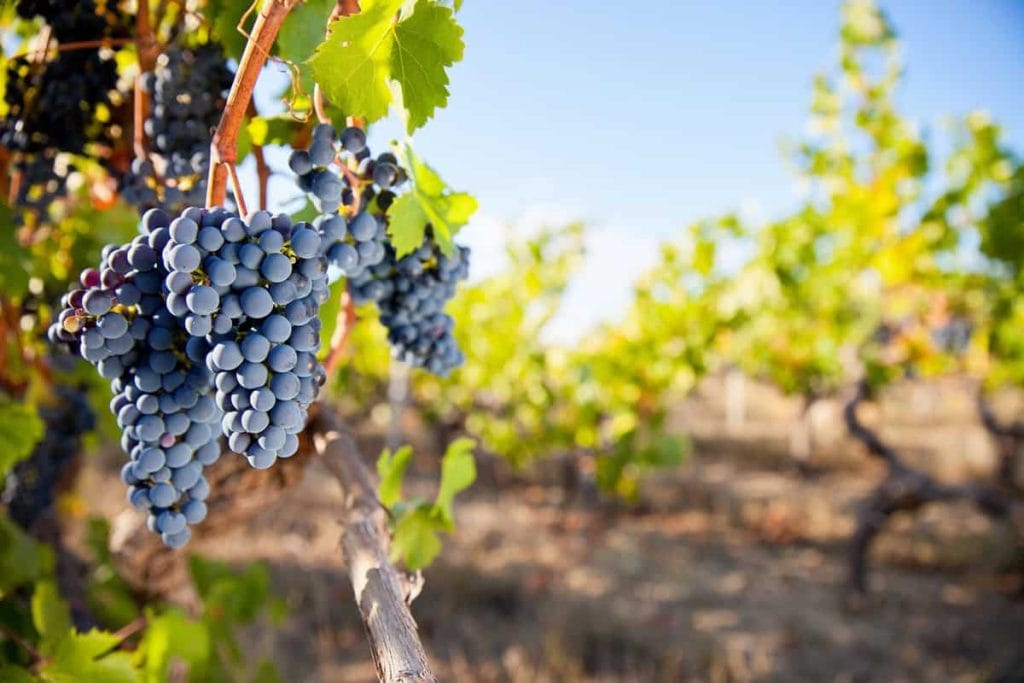
Vinification
The entire winemaking process, from grape to finished wine.
Vintage
The year in which the grapes were harvested.
Velvety
A descriptor for wines with a rich, smooth mouthfeel.
Vertical
A term describing a wine with pronounced acidity and a linear, crisp profile.
Young
A wine that is still developing and has not yet reached its peak of maturity.


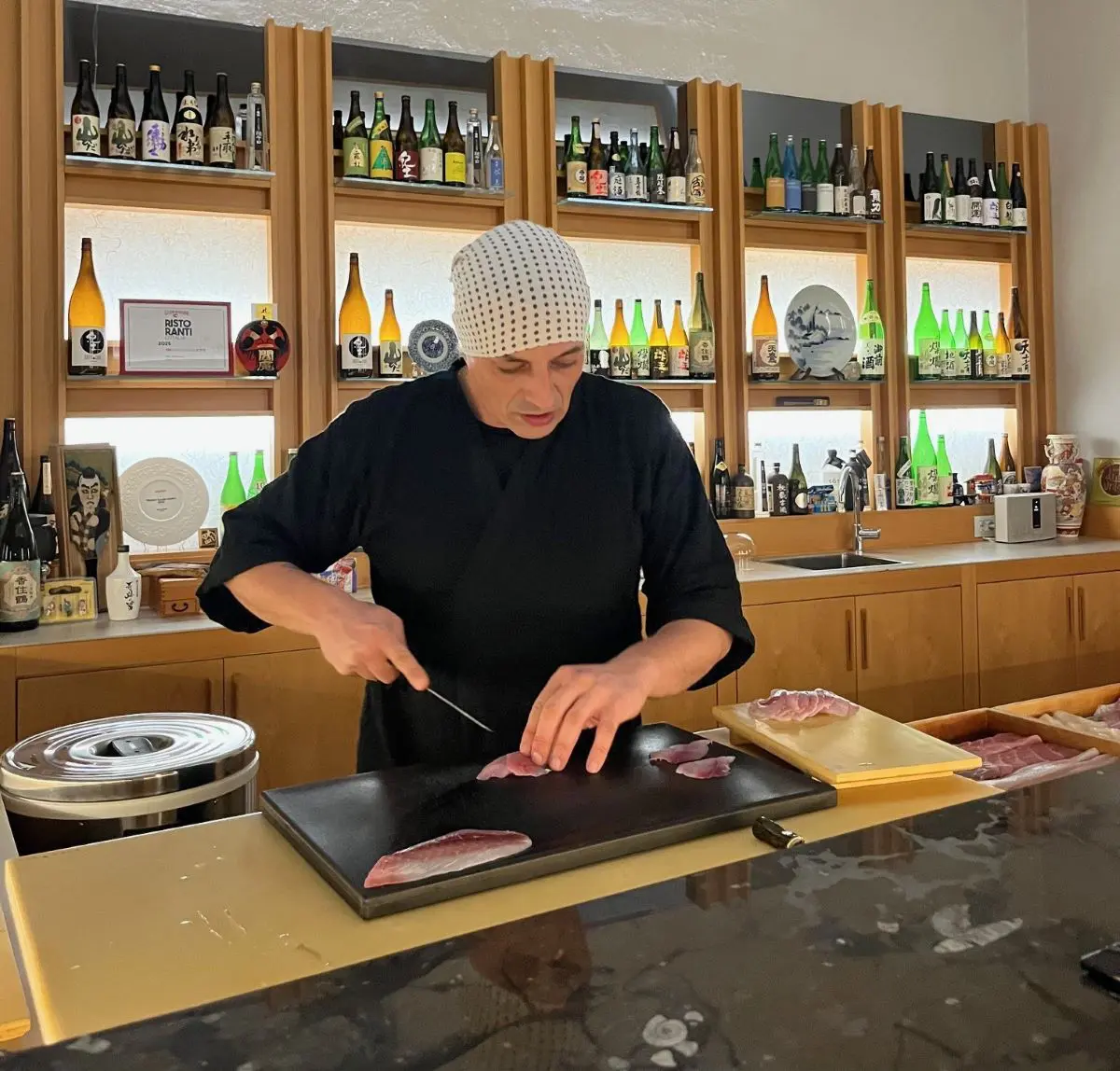 Here are the secrets of one of the best Japanese restaurants in Italy
Here are the secrets of one of the best Japanese restaurants in Italy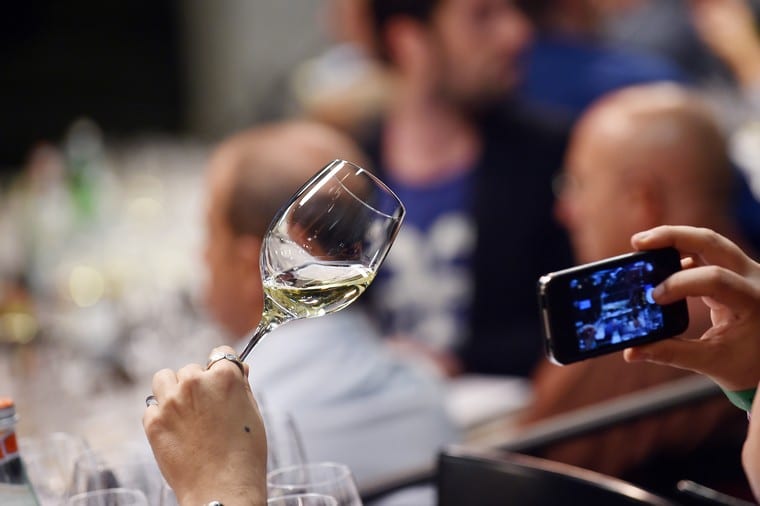 'Falanghina del Sannio will soon become a DOCG'
'Falanghina del Sannio will soon become a DOCG'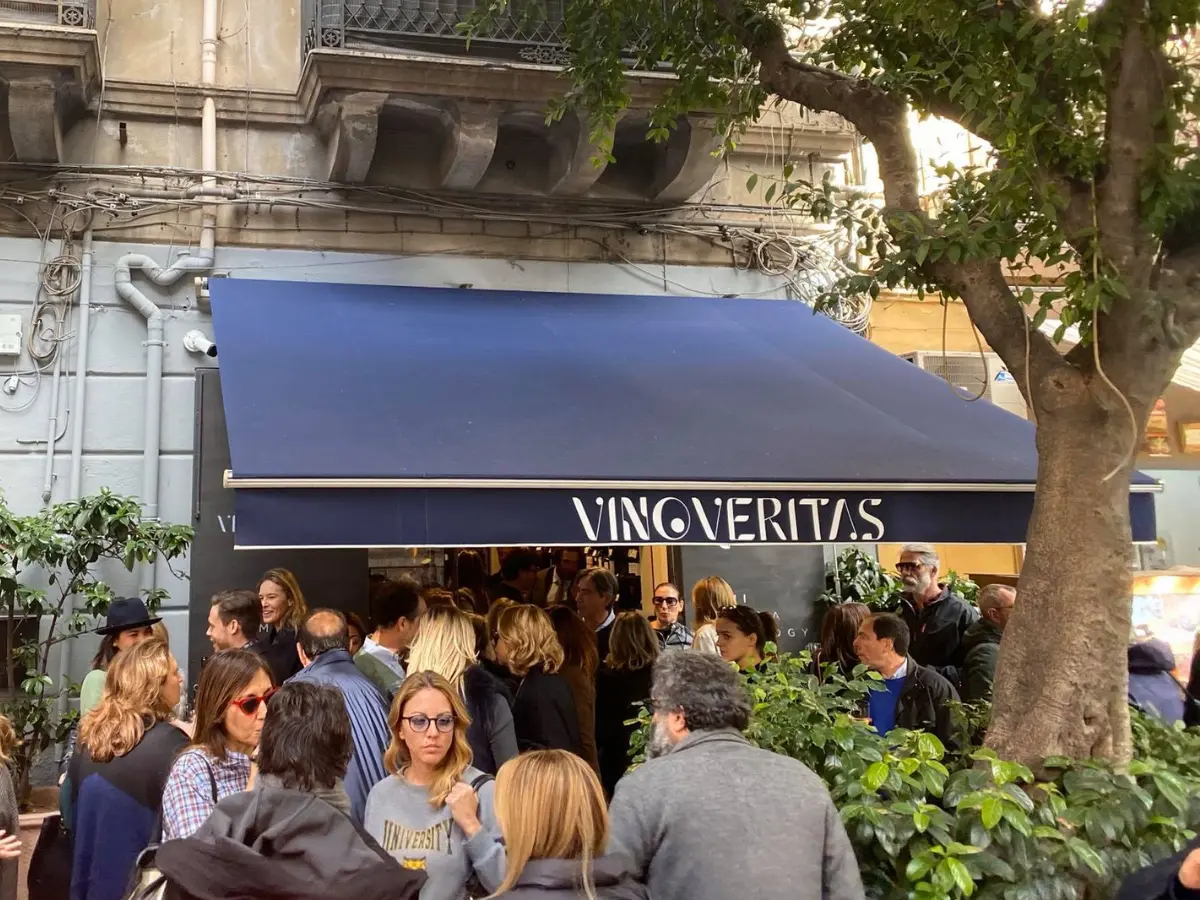 In Palermo there is one of the new best wine bars in Italy according to Gambero Rosso
In Palermo there is one of the new best wine bars in Italy according to Gambero Rosso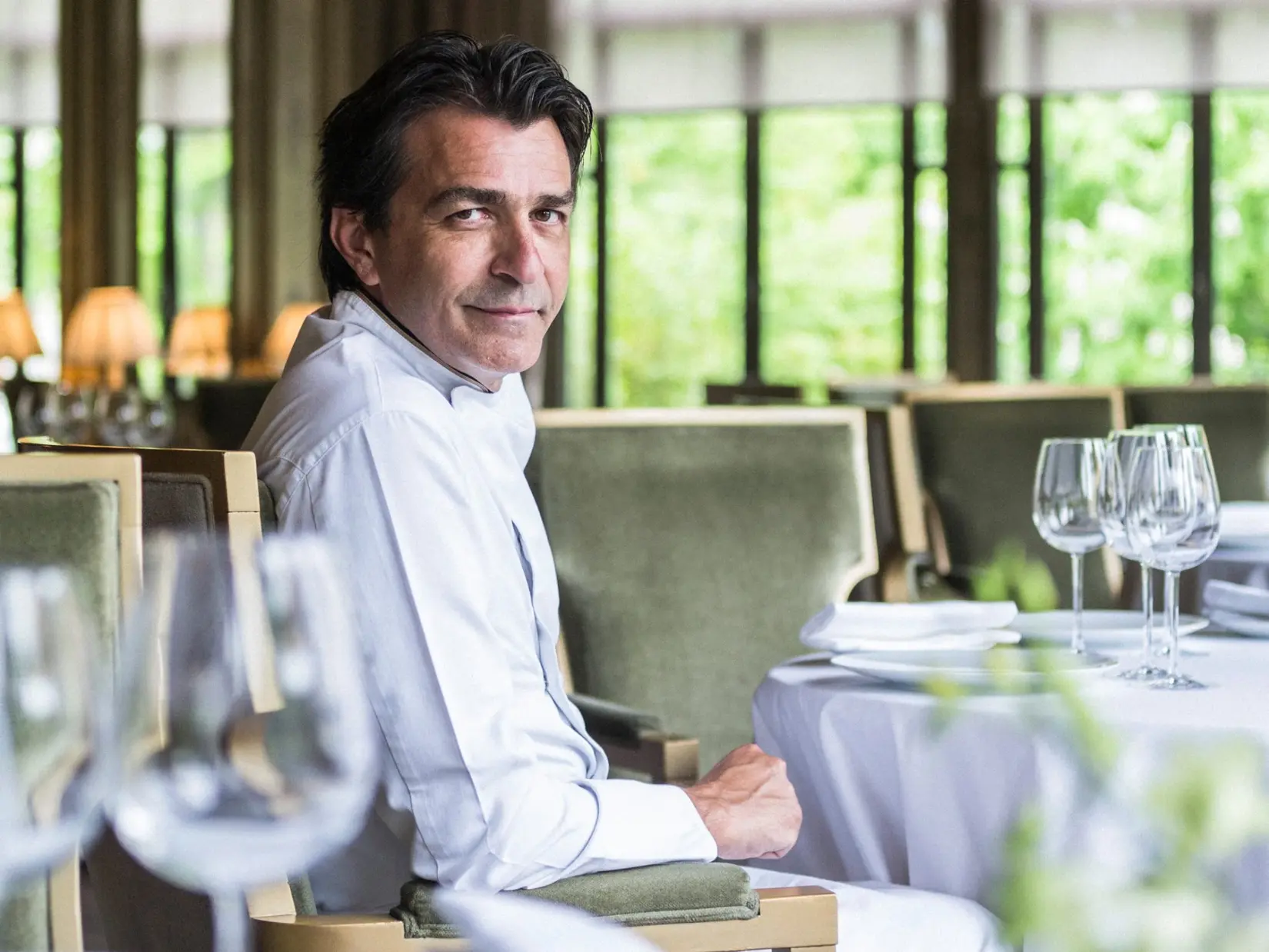 Yannick Alléno: 'No crisis in fine dining, but the future lies in tradition'
Yannick Alléno: 'No crisis in fine dining, but the future lies in tradition' Q&A: Saverio Galli Torrini, director of the Consorzio Vino Chianti
Q&A: Saverio Galli Torrini, director of the Consorzio Vino Chianti
